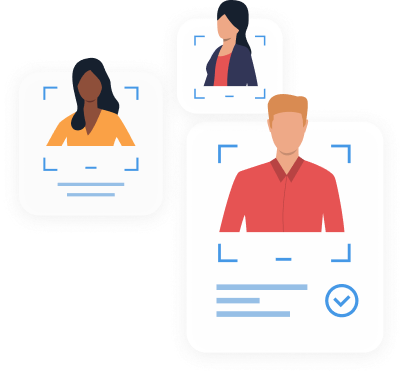Do you want to attend FREE Bootcamp of IT courses?
Do you want to learn & get a job in Data Science?
30 Jul 2022
How To Make Use Python For Data Analytics | Ekeeda

Ekeeda Moderator
Works at Ekeeda

Which Python Libraries Do I Need To Learn?
Every programmer should be clear on what he or she needs to learn before entering the job industry. Firstly, it's not enough to learn Python but rather practice it diligently in Big Data. Data Analytics with Python is something that should be done each day to improve themselves. According to some experienced developers who work in the field, it is helpful to learn the principles of this Python language, and the best scenario is to carefully select the resources to steer the learning for python data analysis. If you don’t choose wisely you will end up learning other branches like programming, development of websites, and derivatives for other applications that use Python language.
The most important Python libraries for data analysis include:
Pandas
Don’t get confused with the name since it's not a sloppy & sluggish tool. The Pandas library is one of the spectacular and robust libraries and thus proves to be the favourite Python data analysis work amongst analysts. An open-source library, it has a peculiar way of operating wherein it takes a series of data (CSV format, TSV, or SQL database) and creates a Python object with rows & columns known as a “data frame”. The result of this transformation is a table with a structure similar to that of statistical software like Excel. That is why Pandas is one of the most commonly used libraries because it is easy to work with it. Do you wanna practice and learn the basic Pandas knowledge? Are you already familiar with the library and wanna make the qualitative leap in data analysis? Enroll in the Ekeeda data science program to learn the essential formulas & functions.
NumPy
NumPy is a Python library package that is derived from the term "Numerical Python". It is by far the best library to apply scientific computing. NumPy offers powerful data structures that you can implement in multidimensional arrays & perform more complex calculations with arrays.
Matplotlib
Matplotlib package is a great choice, when data scientists and python programmers want to create HD quality, ready-to-publish graphics. It will also support a wide range of raster and vector graphics, like PNG, EPS, PDF, and SVG. Matplotlib's different functions will help you to present the information more understandable way. Presenting your findings to the management team is different from presenting them to your colleagues in the analytics department.
Want to learn how to master Python libraries sign up Ekeeda Data Science Program now!
Learn Python for Data Analytics
As we said earlier, it’s not just about learning Python but using it efficiently for the task that fascinates you. You need to be clear about your task and the world you would dedicate yourself too. Another alternative is Ekeeda Data Science Program, where you will learn to work with Python as well as with libraries like Pandas, and NumPy, which will help you obtain the in-demand skills to work as the finest data analysts in the field. You will not only have more resources but also more support for your learning and options to find work in the Big Data market.
Happy Reading!!!

Join our army of 50K subscribers and stay updated on the ongoing trends in the design industry.

I hope you enjoyed reading this blog post
Book call to get information about Data Science & placement opportunities

Your test is submitted successfully. Our team will verify you test and update in email for result.